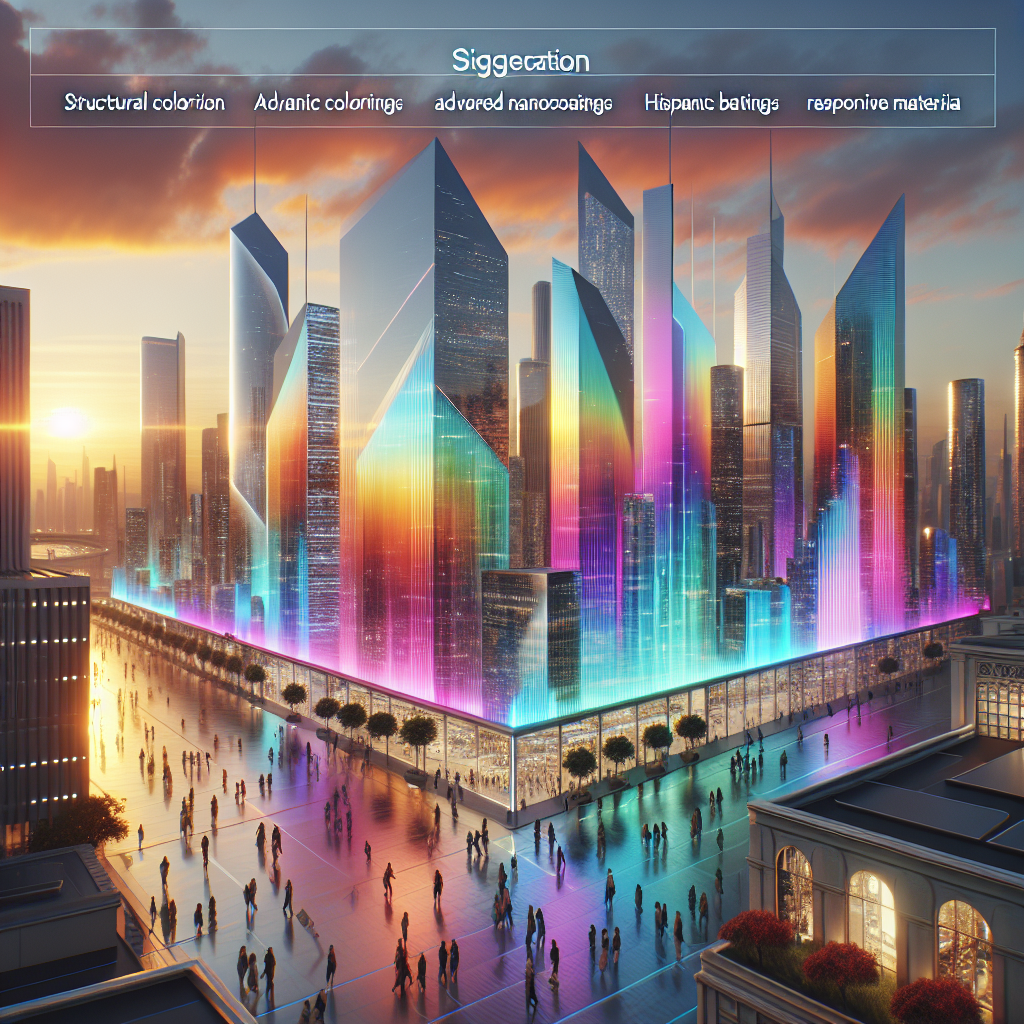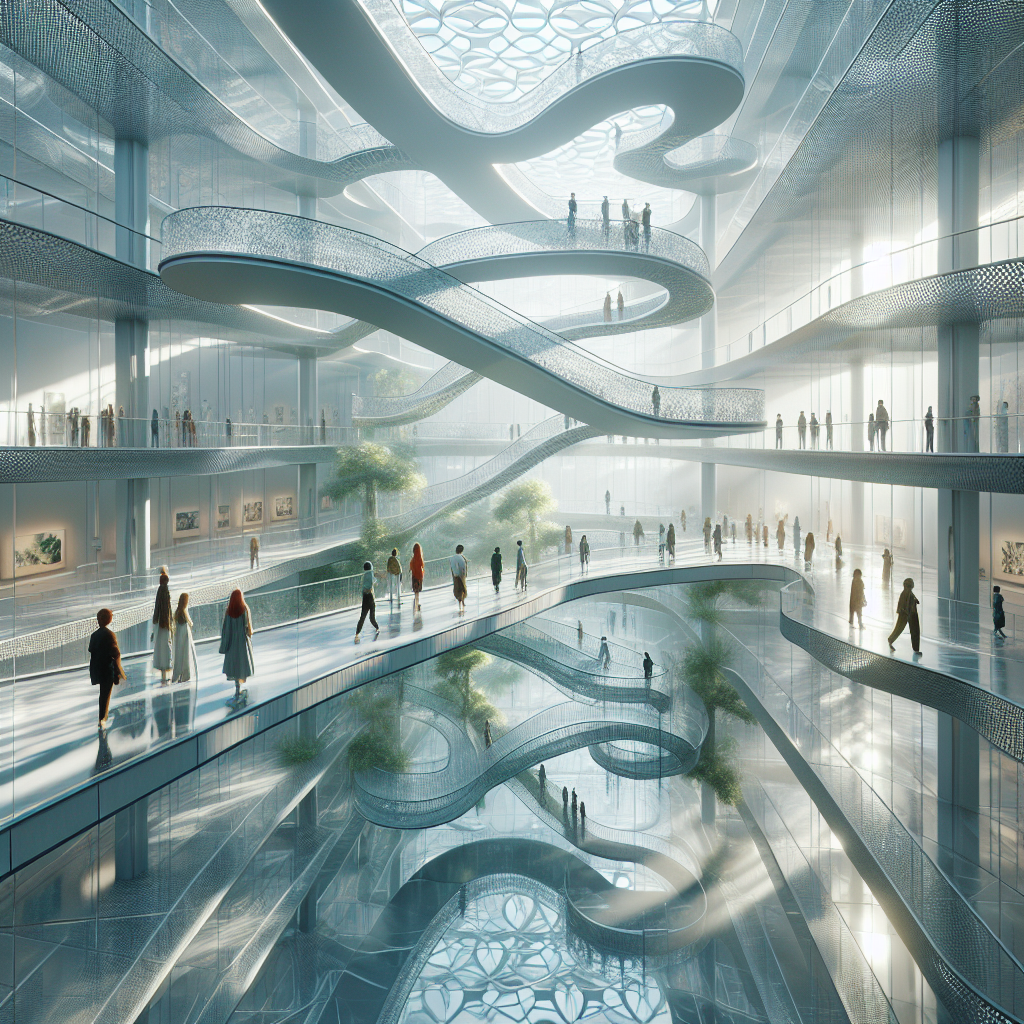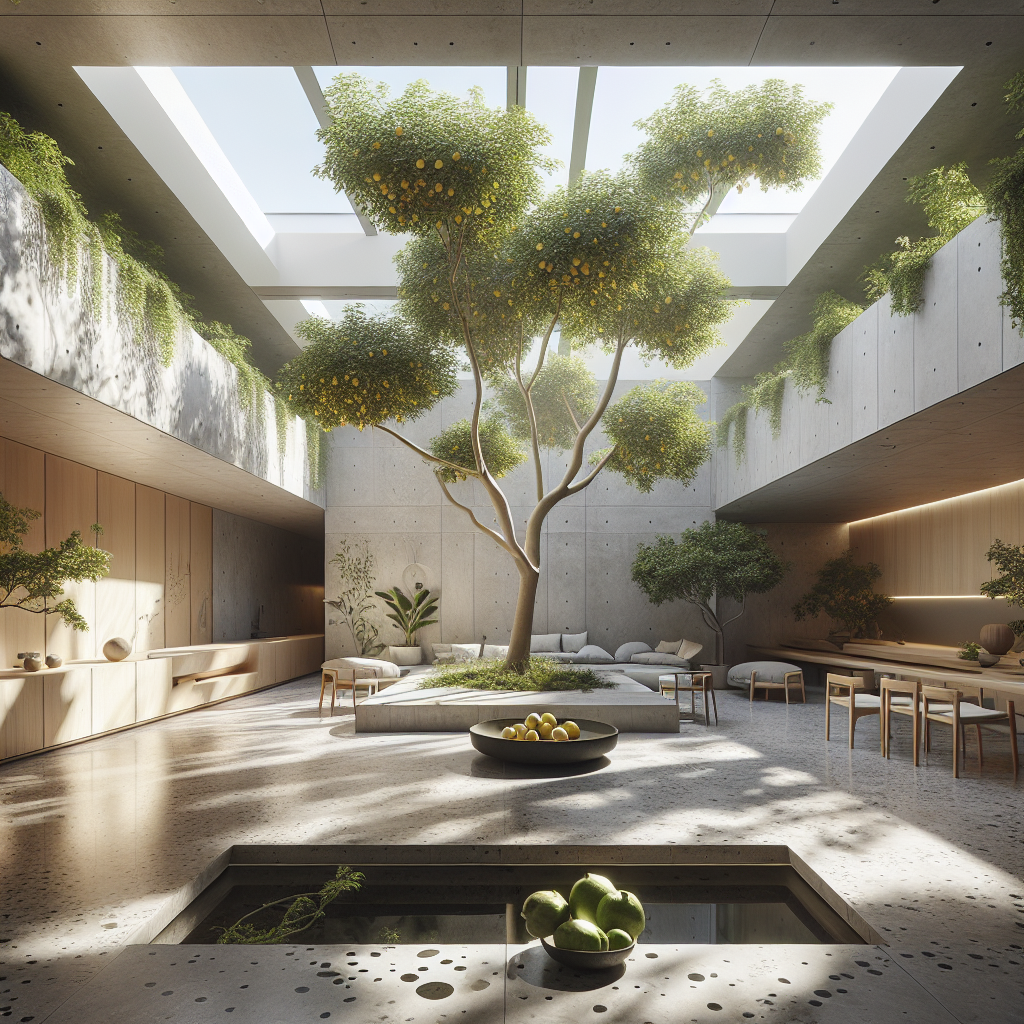Bold stripes revival: from maritime motifs to mesmerizing street facades
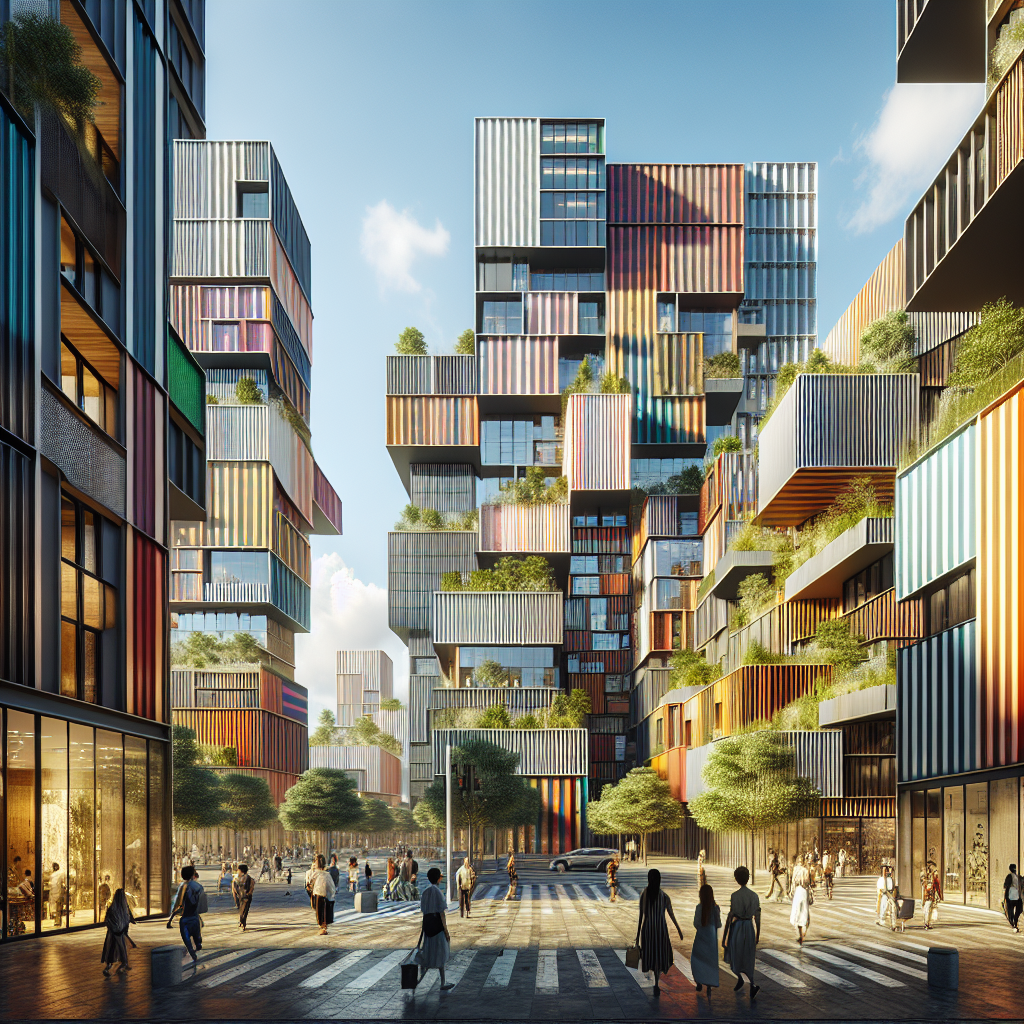
Bold Stripes Revival: From Maritime Motifs to Mesmerizing Street Façades
Once a symbol of nautical precision and disciplined geometry, bold stripes are sailing back into the design mainstream — not as mere decorative accents, but as architectural statements that command attention. From the rhythmic facades of urban buildings to the immersive interiors of contemporary galleries, stripes are redefining how we perceive structure, movement, and visual rhythm in space. Their resurgence reflects a broader design ethos: a return to clarity, contrast, and expressive form in an era saturated with digital gradients and algorithmic complexity.
The Historical Undercurrent: From Sailcloth to Structural Symbolism
The story of stripes begins at sea. In the 18th and 19th centuries, striped patterns adorned maritime uniforms and ship sails, signaling hierarchy, function, and visibility. This practical origin gradually evolved into an aesthetic language that found its way into modern architecture and interior design. Architects such as Le Corbusier and Gio Ponti employed stripes to articulate rhythm and proportion, transforming façades into dynamic canvases that interacted with light and shadow.
By the mid-20th century, stripes became synonymous with modernist clarity — think of the black-and-white exteriors of Bauhaus-inspired buildings or the chromatic play of Memphis Milano interiors. Yet, after decades of minimalism and neutral palettes, stripes retreated from the architectural forefront. Their recent revival signals not nostalgia, but a sophisticated reinterpretation of their visual power — a movement aligned with the renewed interest in color theory in architectural design and the psychology of pattern.
Stripes as Urban Identity: The Rise of the Patterned Façade
In cities from Copenhagen to Seoul, bold stripes are transforming façades into visual landmarks. These rhythmic bands of color and texture do more than decorate; they structure perception, guide circulation, and define identity. The use of alternating materials — terracotta, glass, aluminum, or timber — introduces tactile variation, while the interplay of vertical and horizontal lines manipulates scale and proportion.
Take the Fondazione Prada in Milan, where alternating metallic and matte panels create a kinetic effect as sunlight shifts across the surface. Similarly, the OMA-designed Axel Springer Campus in Berlin employs diagonal striping to emphasize transparency and motion, echoing the digital pulse of the media housed within. These examples illustrate how stripes have evolved from static ornamentation into architectural choreography — a play of rhythm, repetition, and reflection.
The trend aligns with the growing fascination for kinetic façades, where movement and adaptability redefine the urban envelope. In this context, stripes act as both motif and mechanism — responsive surfaces that shift with environmental conditions or user interaction.
Optical Architecture: The Science of Visual Movement
Stripes are inherently dynamic. Their alternating contrasts generate optical illusions that can elongate, compress, or animate surfaces. This phenomenon, known as Op Art in visual culture, is now being translated into architecture through advanced digital modeling and parametric design tools. Designers are leveraging these effects to create façades that seem to ripple or vibrate as viewers move past them.
In Tokyo, the Mode Gakuen Cocoon Tower integrates vertical striping to accentuate its curvilinear form, while in Paris, the Centre Pompidou-Metz uses a striped canopy structure to modulate light and shadow, creating a constantly shifting interior atmosphere. The effect is immersive — architecture that moves without moving.
Such optical play is also being explored in smaller-scale interventions, from retail interiors to art installations. Striped partitions, mirrored corridors, and layered glass panels create depth and distortion, inviting visitors to engage physically with space. This sensory engagement echoes the principles of sensory design, where perception becomes an integral part of spatial experience.
Materiality and Sustainability: Stripes with Substance
Beyond aesthetics, the revival of stripes coincides with a shift toward material innovation and sustainability. Architects are experimenting with reclaimed materials, natural pigments, and low-impact finishes to produce striped compositions that are both visually striking and environmentally responsible. In Barcelona, for instance, a residential project by Batlle i Roig employs alternating bands of recycled brick and cork cladding to create a façade that breathes — literally — through passive ventilation gaps.
This tactile approach resonates with the ethos of reclaimed materials in design, where texture and imperfection become aesthetic virtues. The juxtaposition of rough and smooth, matte and gloss, light and dark — all fundamental to striped compositions — reinforces the dialogue between sustainability and sensuality in contemporary architecture.
Moreover, the use of biophilic color palettes — muted greens, oceanic blues, and sandy neutrals — ties the striped aesthetic back to its maritime roots while aligning with the principles of biophilic design. The result is a language that feels both modern and elemental, balancing human comfort with visual drama.
Interior Stripes: From Walls to Wayfinding
Inside buildings, stripes are reemerging as tools for orientation and emotional modulation. In hospitality and retail design, linear patterns guide movement and create intuitive wayfinding systems. A series of bold floor stripes can subtly direct guests through a lobby, while vertical wall bands can elongate perceived height in compact interiors.
Designers are also exploring the psychological effects of stripes. Studies in environmental psychology suggest that horizontal stripes evoke calm and stability, while vertical ones inspire energy and focus. This duality allows architects to tailor striped environments to specific functions — from serene wellness centers to dynamic co-working hubs.
In the home, stripes are being reinterpreted through materials like ribbed wood paneling, woven textiles, and layered lighting. These tactile iterations bring warmth and depth to minimalist spaces, offering a counterpoint to the smooth homogeneity of contemporary interiors. The trend mirrors the broader movement toward minimalist elegance infused with sensory richness.
Digital Craft and the Future of Pattern
The digital revolution has expanded the possibilities of striped design far beyond paint and panel. With the rise of computational fabrication, architects can now generate complex stripe patterns that respond to environmental data — adjusting density, orientation, or transparency based on sunlight, temperature, or airflow. This fusion of craft and code embodies the spirit of parametric design, where geometry becomes a living system.
Emerging technologies such as 3D printing and robotic tiling allow for precision layering of materials, enabling striped façades that double as energy-efficient skins. Some experimental projects even integrate photovoltaic stripes, transforming visual rhythm into functional energy generation. In this sense, the bold stripe is no longer a surface treatment — it’s an ecological interface.
Why Stripes Matter Now
The renewed fascination with stripes speaks to a deeper cultural shift. In a world dominated by screens and fluid gradients, the clarity of the stripe offers a sense of order and tactility. It’s a visual anchor — bold, confident, and unapologetically graphic. Stripes embody both nostalgia and futurism, bridging maritime heritage with digital precision.
They also symbolize resilience. Much like the adaptive façades and sustainable materials shaping our cities, stripes remind us that design thrives on rhythm — the interplay of contrast, repetition, and reinvention. Whether wrapping a skyscraper or tracing a corridor, they continue to chart new aesthetic territories, proving that the simplest patterns often carry the most profound impact.
As architecture reclaims its expressive potential, the bold stripe revival stands as a testament to design’s enduring ability to balance function and emotion, logic and poetry — a visual rhythm that continues to mesmerize from sea to city.
Published on 10/28/2025
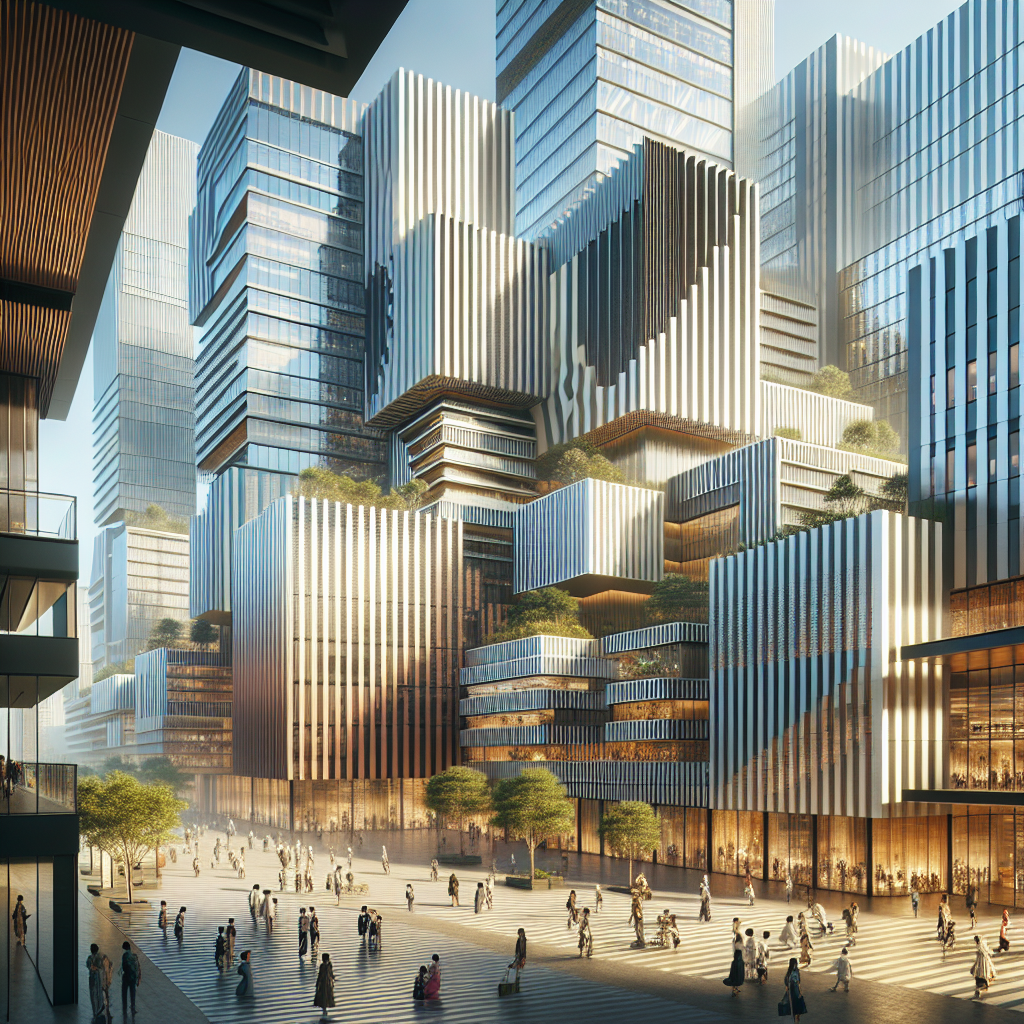
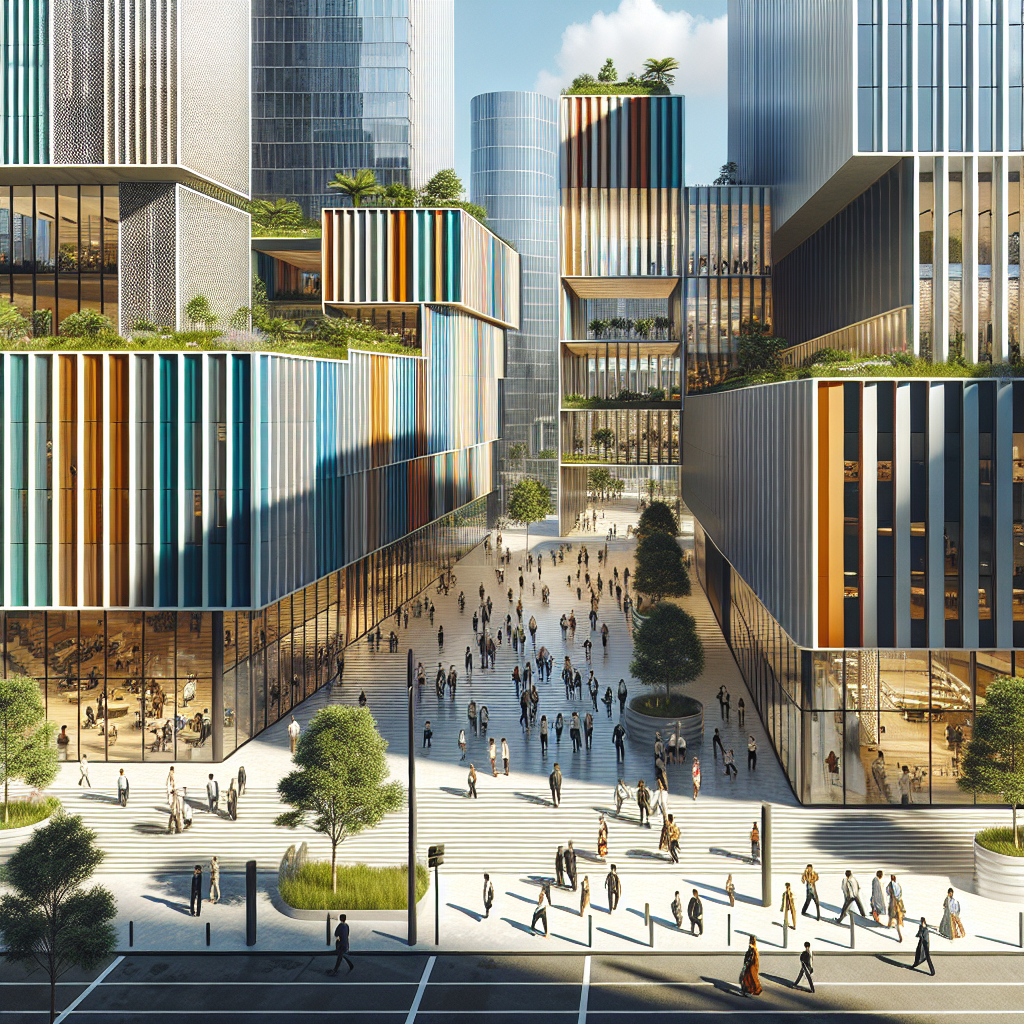
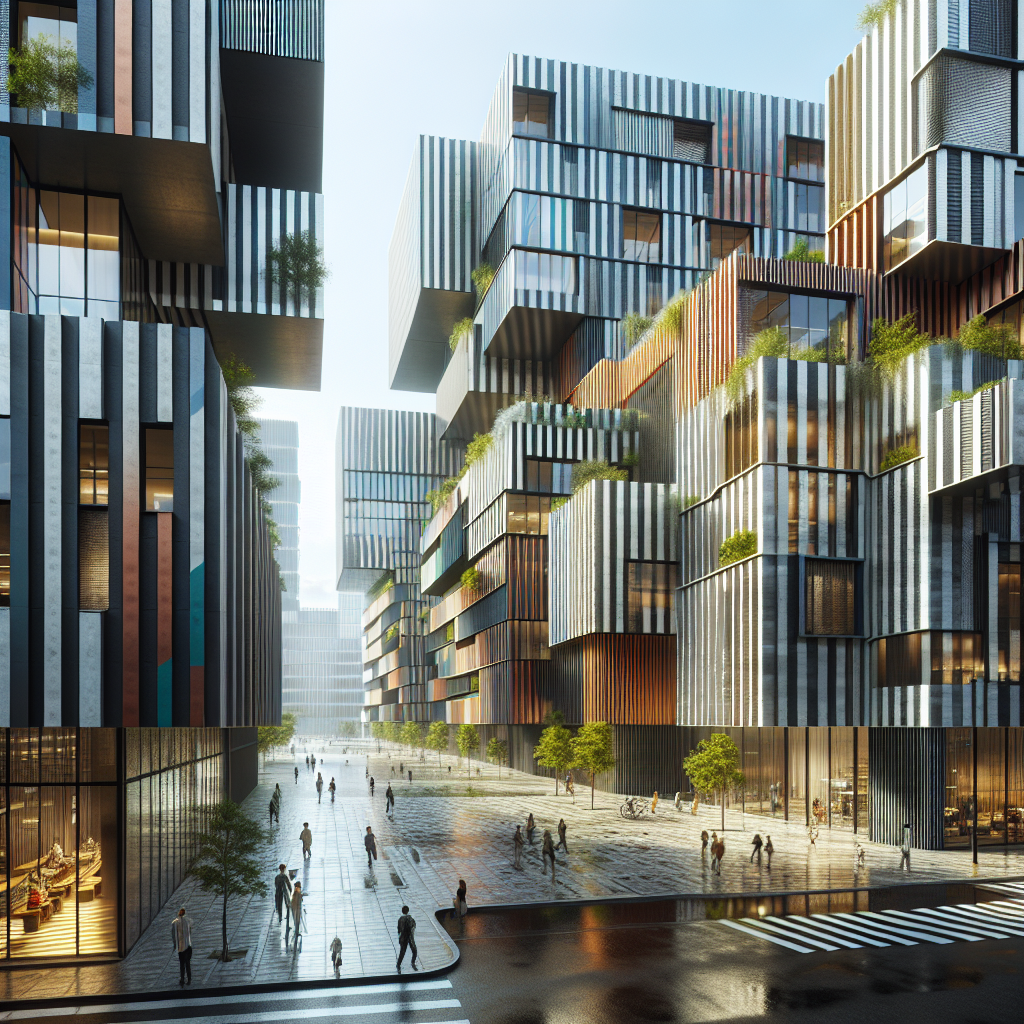
❮
❯


